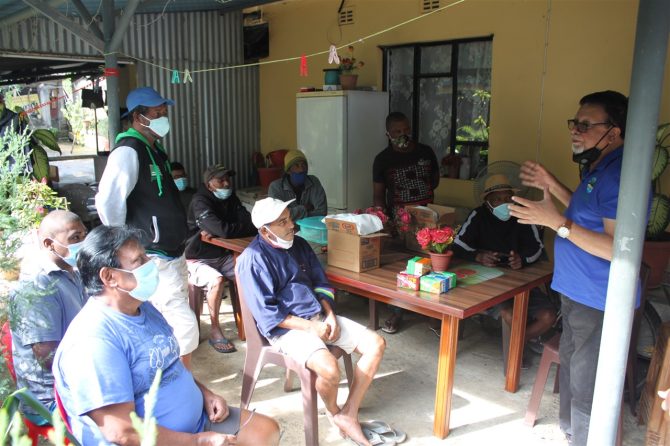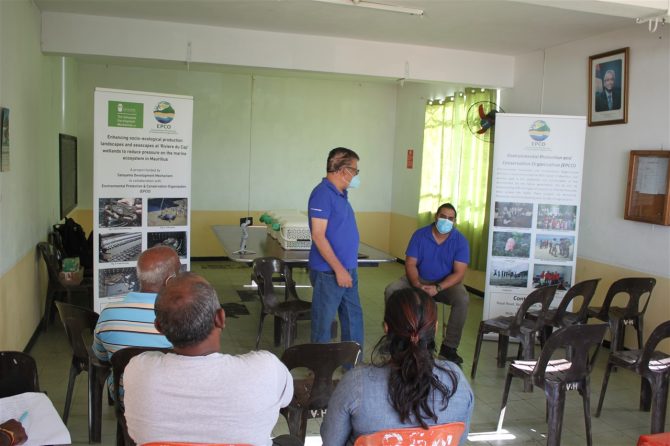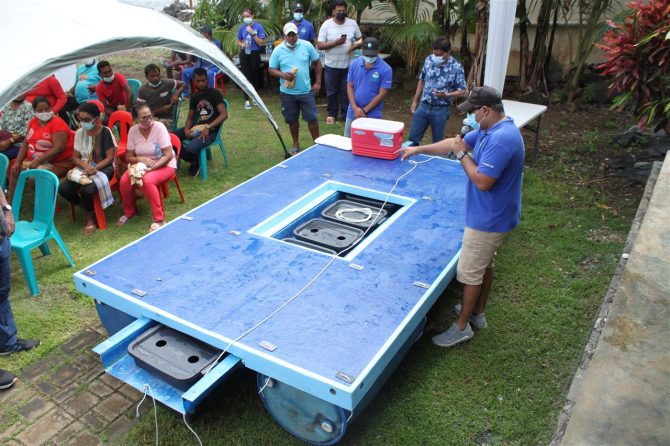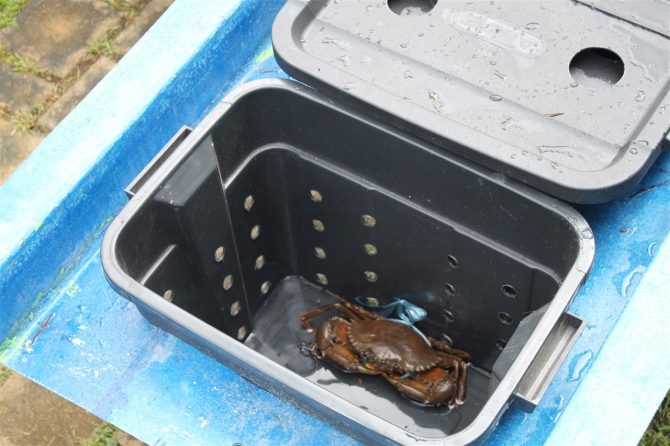2020 MAURITIUS
Enhancing socio-ecological production landscapes & seascapes at ‘Riviere du Cap’ wetlands to reduce pressure on the marine ecosystem in Mauritius
Environmental Protection and Conservation Organisation (EPCO)
Community / field-based implementation
Seascape
Overview
Fishing communities in Maconde, Mauritius, are solely dependent on the lagoon marine stock for survival due to their artisanal fishing vessels and gear that do not allow fishing beyond the island atoll. However, the compounding effects of overfishing, undersize catch and poaching driven by decreasing income from fishing, as well as the impacts of climate change have resulted in severe depletion of the populations of lagoon species and degradation of vulnerable marine ecosystems, with negative socio-economic consequences for the fishing communities. To break the vicious circle, the project aimed to reduce pressures on the lagoon ecosystem and to put in place the stock recovery plan, including through the provision of alternative income sources to fishers, capacity building of the fishing communities and restoring the degraded wetlands of Riviere Du Cap. EPCO worked with ‘Le Morne Basket Trap and Line Cooperative Society’ which is a local organisation founded by the fishermen community in the area.
The major project activities were:
- an introductory workshop attended by the 50 registered fishers of Riviere du Cap on the definition and importance of SEPLS;
- wetland restoration, including waste cleaning and site management;
- capacity building workshops on crab aquaculture in the restored wetland; and
- building a floating structure and a hands-on demonstration of mud crab aquaculture.
Key achievements
- The wetland site, which previously was a dumping ground, was completely restored by the fishing communities. In this case, most fishers who initially showed little interest realised the long-term benefits of wetland restoration.
- The mud crab cage structure was built, and juvenile crabs introduced to the cage grew from 150 g to nearly 800 g on average in two months, which attracted the attention of many fishers.
Lessons
- Communities that are well-informed and empowered can take steps to protect their environment.
Project location
Organisation
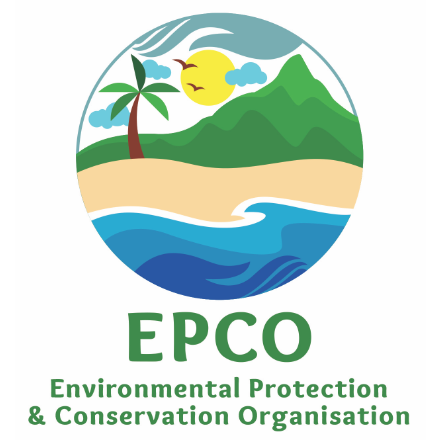
Environmental Protection and Conservation Organisation (EPCO)
- Sector
- Non-governmental organisation
- Country
- Mauritius
- Website/SNS
- https://epco.ngo/
Relevant projects
Projects of the same year
Aichi Biodiversity Targets
Aichi Biodiversity Targets
-
Awareness increased
-
Sustainable production and consumption
-
Sustainable management of marine living resources
-
Ecosystems and essential services safeguarded
-
Knowledge improved, shared and applied
Sustainable Development Goals
Sustainable Development Goals
-
Life below water
